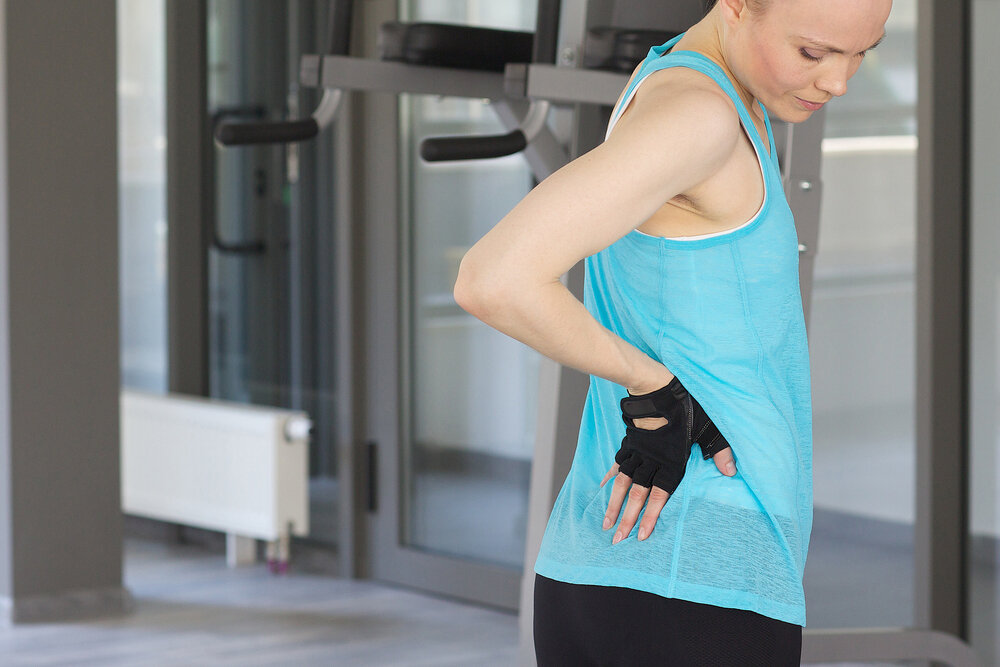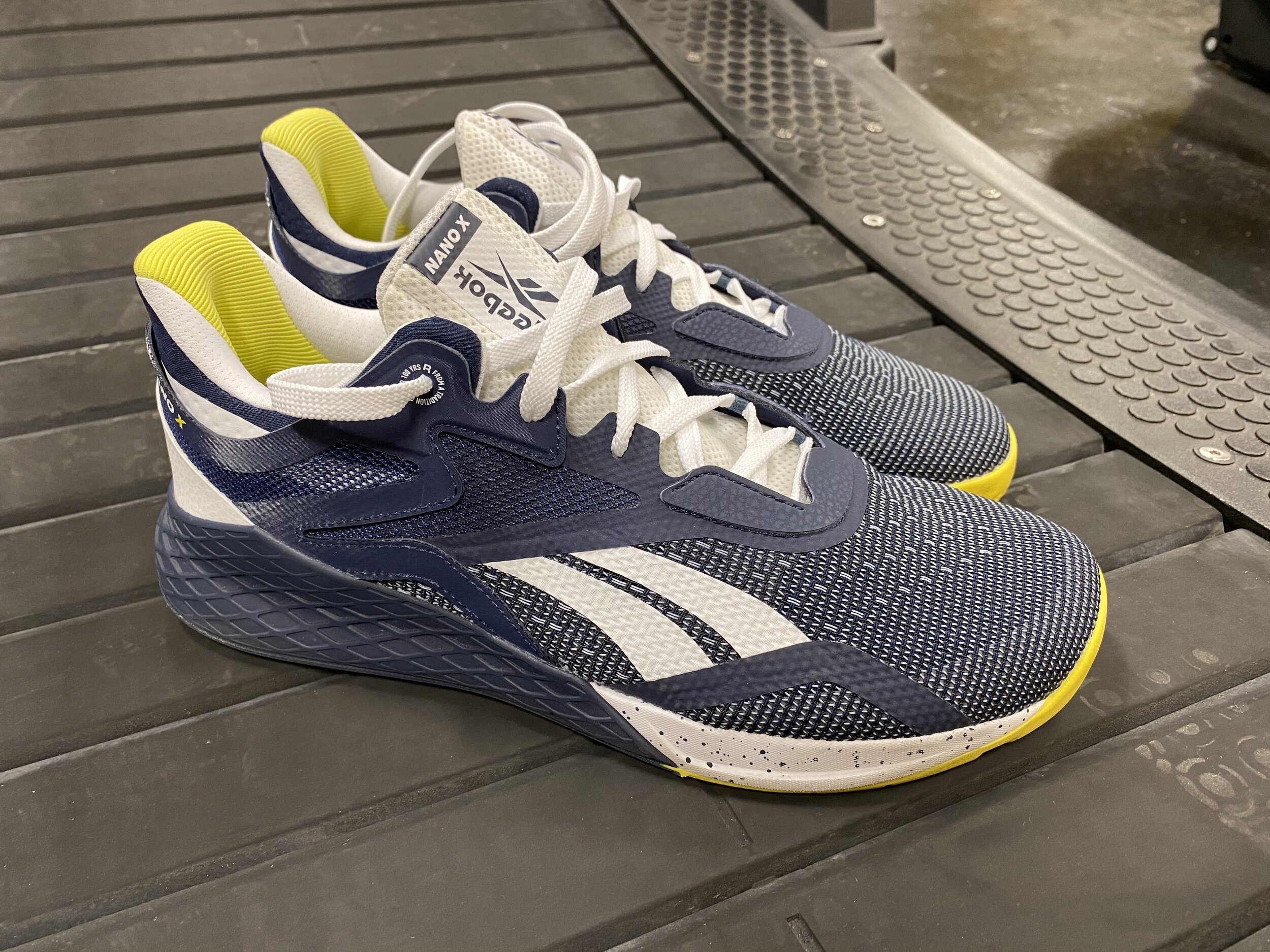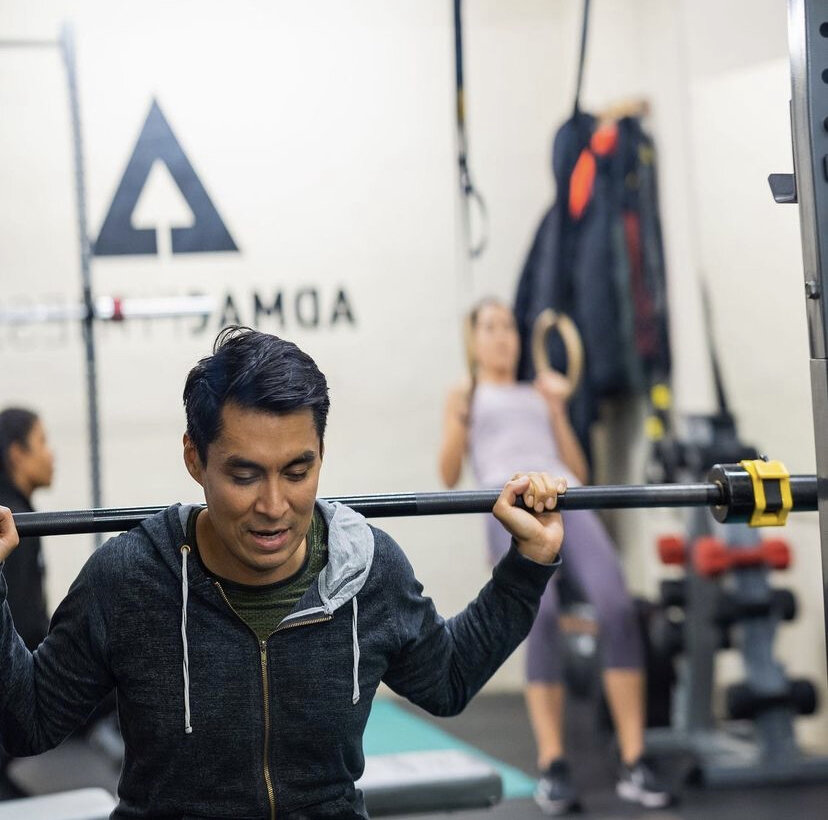Variety is the spice of life as they say… and it’s a way to keep your workouts fun and engaging.
One of the body parts that can be a bit boring when it comes to training is legs - if you don’t mix it up that is. If you’re in a gym with mostly exercise machines (poor you), there’s only so much variation you can add to leg extensions and leg curls before you run out of ideas. Worry not though, we’ve got you covered with exercises that don’t need specialist kit, just things you’l find in 99% of the gyms around.
In this article we’re looking at leg variations. There’s 5 exercises here, complete with a video to show you how each one is performed. There’s a lot of challenge here when these are done right, so give them a go!
Double kettlebell front squats
Front squatting with kettlebells is a much easier grip to manage than with the barbell front squats, but you can achieve a lot of the same benefits from the exercise. It’s a perfect ‘gateway’ into front squatting before you have the necessary mobility to perform the barbell version.
The double kettlebell front squat starts in a version of the rack position, but it doesn’t require huge amount of much mobility across the shoulders and in the lat muscles. The kettlebell front rack allows you to brace the core and tap into the benefits of the exercise without needing to adopt a position you can’t easily reach.
Goblet squat
The goblet squat is a classic front squat pattern without the need to challenge mobility much. I like it as a beginner front squat and feel it challenges the core a lot as well, thanks to the odd-object nature of the weight in front of the body.
Given the movement is performed with a single kettlebell, the weight is light enough for anyone of any ability to perform the movement, allowing them to focus on perfect form before progressing to heavier versions of the front squat pattern.
Suggested volume: 4 sets of 10-12, twice per week.
Bulgarian Split Squat Jumps
This is a classic way to add variety to the Bulgarian split squat. By adding this plyometric element to the exercise you make it explosive and powerful, adding to the sport-specific nature of it. It means you can add progressions to the exercise without adding too much weight.
This kind of power movement has a place in most training programmes, because developing explosive capacity is important in life, not just sport. The only time it would be a good idea to leave out is in the very early stages of a rehab programme.
Suggested volume: 3 sets of 10-12 per leg, once per week.
Dumbbell Box Step Ups
I love dumbbell box step ups because they’re the epitome of a functional exercise. It’s like walking up huge stairs whilst carrying a heavy load. Not only that, they force each side to work independently, so there’s no way one leg dominates the movement over the other leg.
Alongside the functional element of the lift, it has real sporting benefits, allowing you to jump off both legs, prevent injury and improve your speed. There’s a real core test here as well, so it’s indirect abdominal work - making for a super efficient exercise. Finally, lifting a medium weight for very high reps adds a cardio challenge here. There’s a lot of bang for not much buck.
Suggested volume: 4 sets of 20 per leg, once or twice per week.
Single Leg Deadlift
If you want to humble yourself, perform some medium-heavy single leg deadlifts under smooth control - there’s a good chance they’ll shock you! When executed off one leg with slow, controlled movement, the single leg deadlift is both functionally important (in terms of injury prevention) and physically challenging, so it enhances strength.
Single leg deadlifts are an exercise that is often forgotten because the regular deadlift is seen as a bigger, more glamorous exercise. Whilst that may be the case, the fundamentals such as single leg strength remain important so try adding them into your workouts.
Suggested volume: 3 sets of 10 per leg, twice per week.
Leg Variations - Final Thoughts
It’s important to mix up your training for a number of reasons - to keep it interesting, to keep challenging your body, to learn new skills, to create new neural pathways in the brain etc. Don’t ever allow yourself to get stuck in a training rut, because you’ll very quickly fall out of love with it all.
These are just five of literally hundreds of variations you can put into your leg workouts, so give them a go. Even if you don’t use these exercises, you can use the article as a base of inspiration to look for new body part training ideas. There’s plenty of them out there!
Professional training in East London with AdMac Fitness
If you want your health and fitness journey to be guided by the best personal training team in East London, get in touch with us at AdMac Fitness. We operate from our private personal training studio in Bow, E3. Contact us on 07921465108 or email us at admacfitness@gmail.com. We look forward to hearing from you.



































